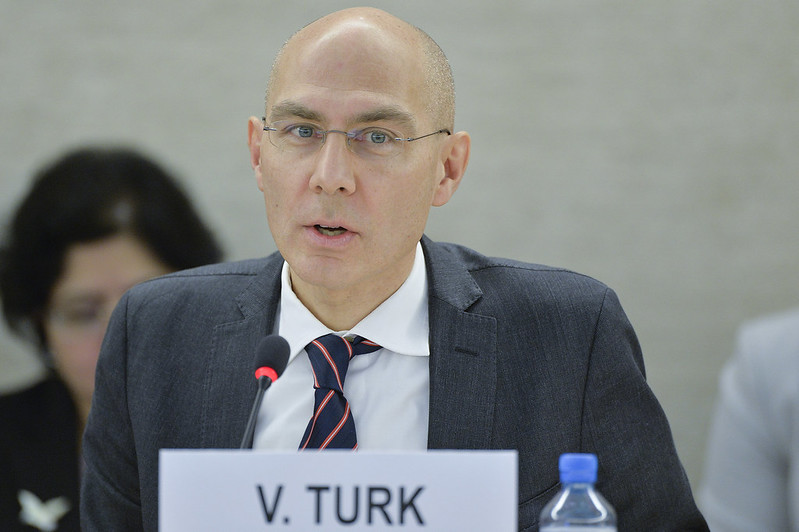Colombia’s economy grew 2.0% year-on-year in the third quarter of 2024, falling short of projected growth.
The latest GDP figures released by Colombia’s Department of National Administrative Statistics (DANE) fell short of the 2.4% growth forecast by the central bank in Bogota.
Areas of weakness included declines in the mining and manufacturing sectors, while agriculture and entertainment boosted the country’s economy.
The third quarter of 2024 saw a 0.2% increase in GDP compared to the end of the previous quarter, bringing cumulative growth to 1.62% over the first nine months of the year.
Despite the underwhelming macro performance, some sectors and industries experienced output booms from August to October.
Half of the year-on-year increase can be attributed to the agriculture sector, which grew by 10.7%. This expansion was particularly boosted by coffee production, accounting for 33.6% of national GDP growth.
Jorge Bedoya, President of the Colombian Farmers Association (SAC), suggested that the strong agricultural sector was the product of low costs of agricultural inputs combined with optimal climatic conditions.
Fisheries and aquaculture also saw a notable increase of 18.2%, further boosting the wider agri-economy.
The second largest growth area was the entertainment sector, which grew by 14.1%.
The biggest driver of this growth was the online betting industry, according to Piedad Urdinola, Director of DANE.
“The growth of online gambling continues to be the main driver of this growth, particularly during the Northern Hemisphere summer when sporting events such as cup finals and leagues generate significant activity,” she commented.
Events such as the Copa América and the 2026 World Cup qualifiers stimulated online sports betting, which contributed to the growth of the wider sector.
Despite these success stories, key sectors suffered output declines: mining saw output drop 7.1% year-on-year, while manufacturing fell 1.3%.
Bruce Mac Master, President of the Colombian National Association of Business People (ANDI), called on the government to act to boost the mining industry.
“It is very important for the government to urgently introduce one of the measures it has been proposed to support [mining] industry”, he said.
Mac Master argued that mining is “one of the few industries capable of distributing wealth among a good part of the population”.
But the Petro government believes that the path to faster growth lies in tightening monetary policy.
President Gustavo Petro has been at odds with the country’s central bank, which is taking a cautious approach, opting for a gradual rate cut.
Instead, the leader is pushing for deeper rate cuts to stimulate the economy.
The base interest rate now stands at 9.75%, its lowest level in two years. Rates have been reduced by 320 basis points since January, with the most recent decision on October 31, where the bank opted for a 0.5% cut.
Inflation has also been on the decline, with DANE reporting a rate of 5.41% in October, compared to 10.48% seen in the same month last year.
The latest GDP figures, along with the rapid decline in inflation, may lend support to President Petro’s calls for faster interest rate cuts.
But some economists worry that cutting rates too quickly could produce inflationary pressures.


